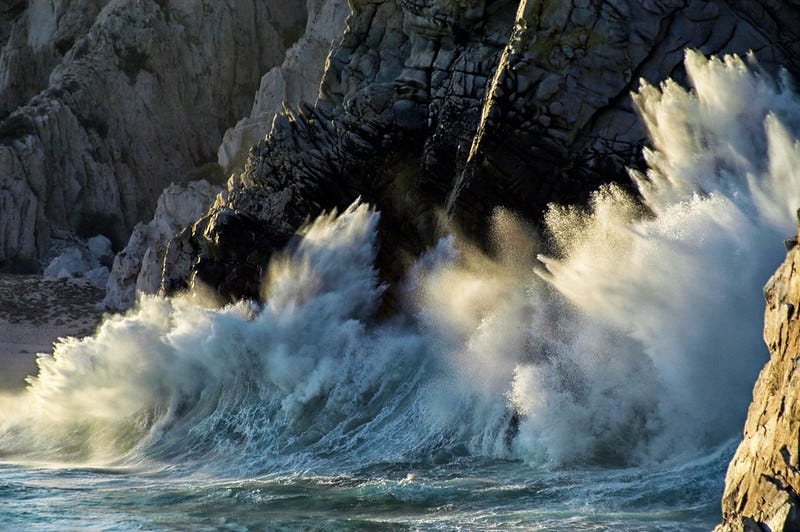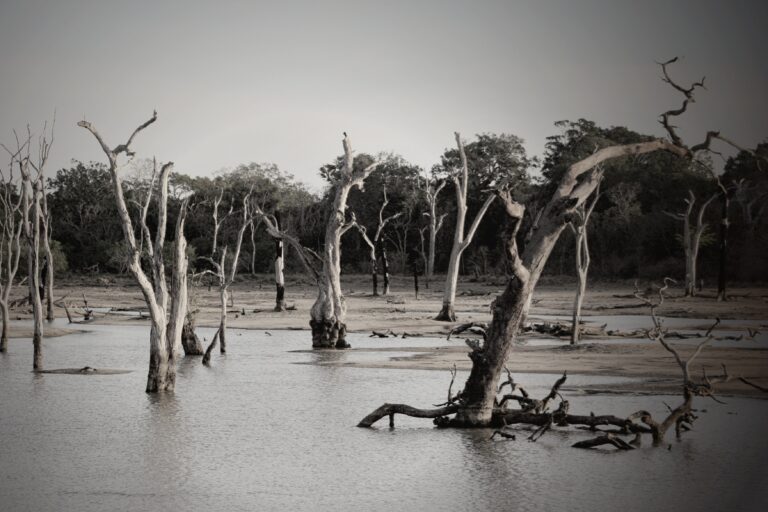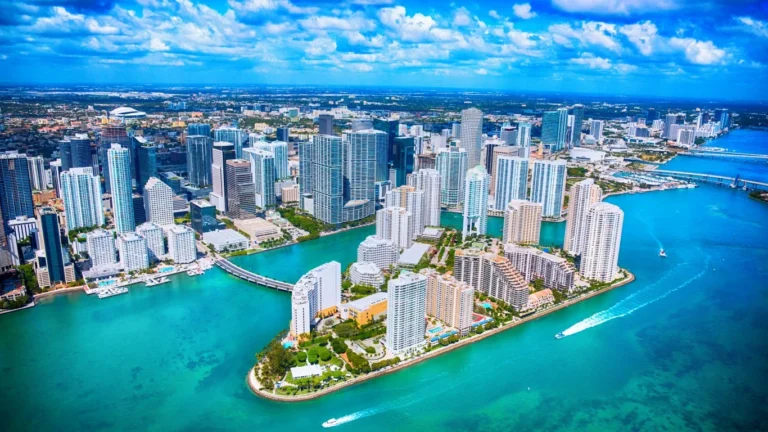It’s not just Acapulco. Cabo, Mexican Riviera also threatened as climate batters beaches

Cruise industry watching closely as El Nino heralds multiple hurricanes.
This column firist appeared Callaway Climate Insights, a partner of ClimateCrisis247. To read more, Please subscribe.
(Michael Molinski is a senior economist at Trendline Economics. He’s worked for Fidelity, Charles Schwab and Wells Fargo, and previously as a foreign correspondent and editor for Bloomberg News and MarketWatch.)
CABO SAN LUCAS, Mexico (Callaway Climate Insights) — Guillermo Miranda watches over a beach that no longer exists. He shakes his head in frustration. “We used to have a very nice beach until about three months ago when the storms came in.”
He is referring to the series of unprecedented hurricanes and tropical storms that have battered Cabo San Lucas since early July.
“The sand is still there!” he says, pointing to the bay. “You see? The storms just moved our sand and dumped it in the middle of the bay.” He says maybe the sand will come back, but he shrugs his shoulders in doubt. Rising sea levels and increasing severe weather, brought on by climate change, mean it could be years — or centuries — before the sand comes back.
He questions whether or not he will have a job if the sands don’t return.
Miranda is the gatekeeper for the beach at Villa La Estancia, a luxurious four-star condo and hotel resort just outside Cabo. The beach has been shut for over three months. The developer has added an array of rocks to shore up the wall.
Granted, the resort is still profitable and still charges guests upward of $500 per night. But that may change if rising sea levels, erosion of beaches, and severe weather continue to keep guests away from Cabo.
This hurricane season was the first time that the West Coast, and particularly Mexico, has been affected by storms brought on by a combination of climate change and the return of the El Niño weather pattern.
“Climate change can exacerbate or mitigate certain impacts related to El Niño,” said Michelle L’Heureux, climate scientist at the Climate Prediction Center of the U.S. National Oceanic and Atmospheric Administration. “For example, El Niño could lead to new records for temperatures, particularly in areas that already experience above-average temperatures during El Niño.”
Hurricanes Beatriz, Hilary, Jova, Lidia, Norma and Otis have made landfall in Mexico this year, wreaking havoc along the Mexican Riviera from Acapulco in the south to Tijuana on the U.S. border.
The storms have also made a dent in the cruise industry. Among the cruise lines whose ships regularly stop in Cabo are Royal Caribbean RCL -0.53%↓, Carnival CCL 0.80%↑, Princess Cruises, Celebrity, Norwegian NCLH -0.06%↓, Disney DIS -1.36%↓, and Oceania.

So far, there have been minimal cancellations, although Carnival canceled four cruises to Mexico on the Carnival Panorama at the last minute, citing engine problems as the reason.
The storms have also caused a stir in Cabo’s sports fishing industry. The hurricanes have not been good business, as they have chased fish to the bottom of the sea. The 2023 Bisbee Offshore and Marlin Tournaments were postponed by a week due to Hurricane Norma to Oct. 26 and 27, causing many tourists to cancel or delay their trips to Cabo. In the end, only two black marlin and 11 blue marlin were caught over the two-day tournament. Last year, fishermen caught 4 black and 60 blue marlin in the tournament.
“In the end, the decision to visit Cabo San Lucas during its hurricane season is a personal one,” wrote Villa La Estancia resort in a recent statement. “While the region’s hurricane history is an important factor to consider, there’s an undeniable allure to experiencing this paradise in a different light. The occasional rain showers and atmospheric drama only enhance the charm of Cabo’s stunning landscapes and vibrant culture.”






